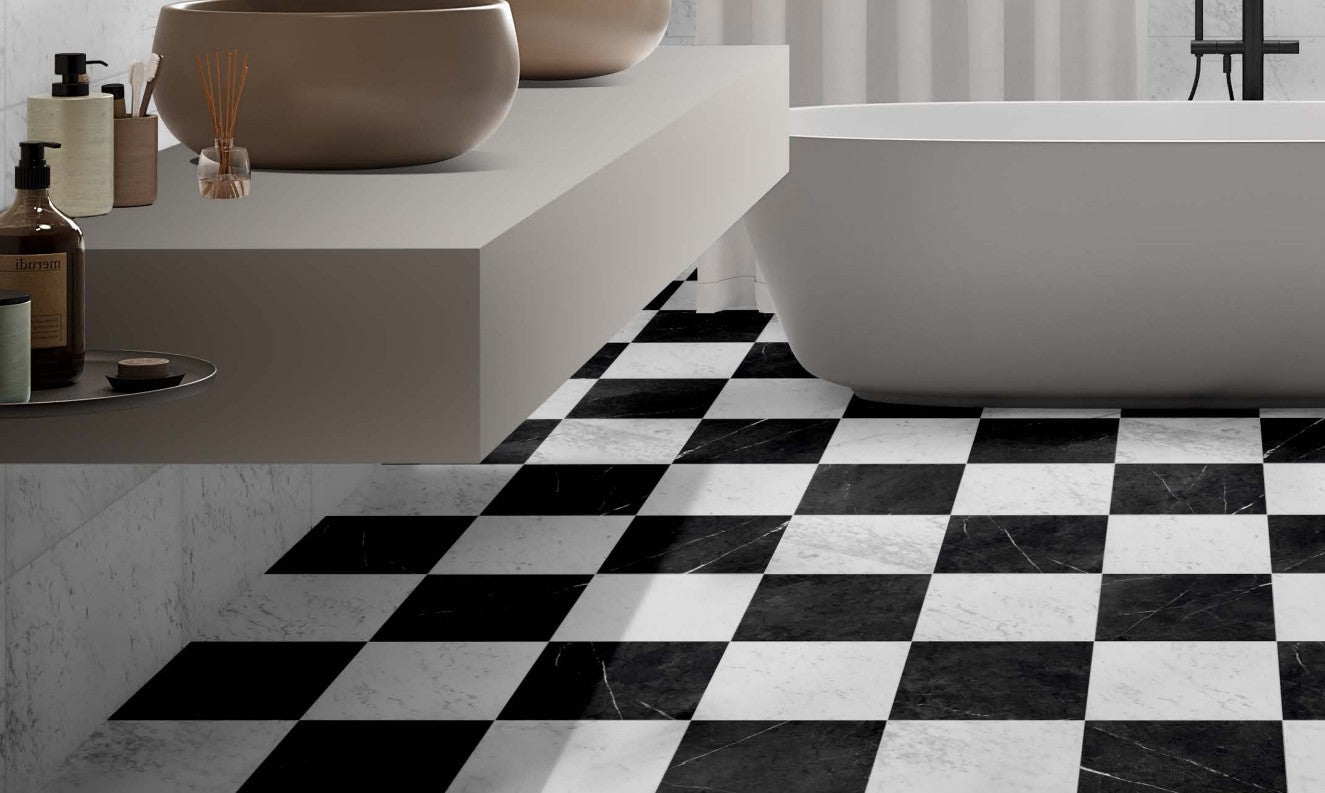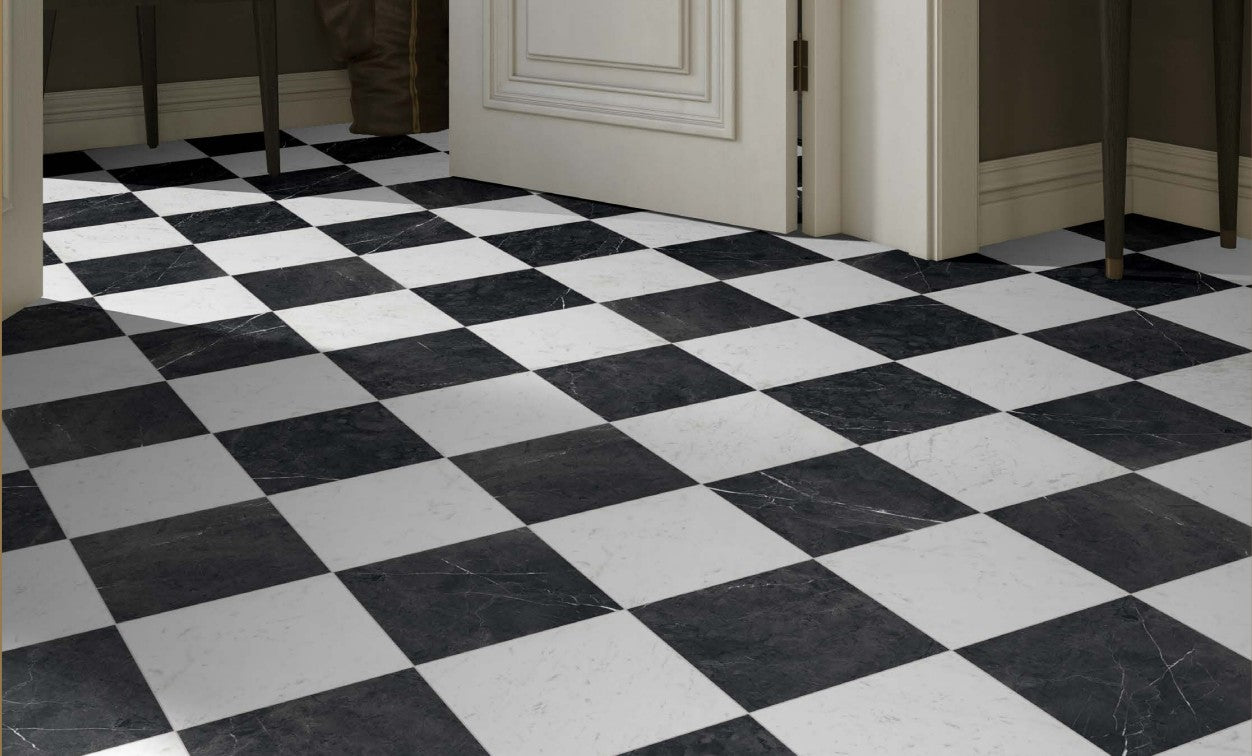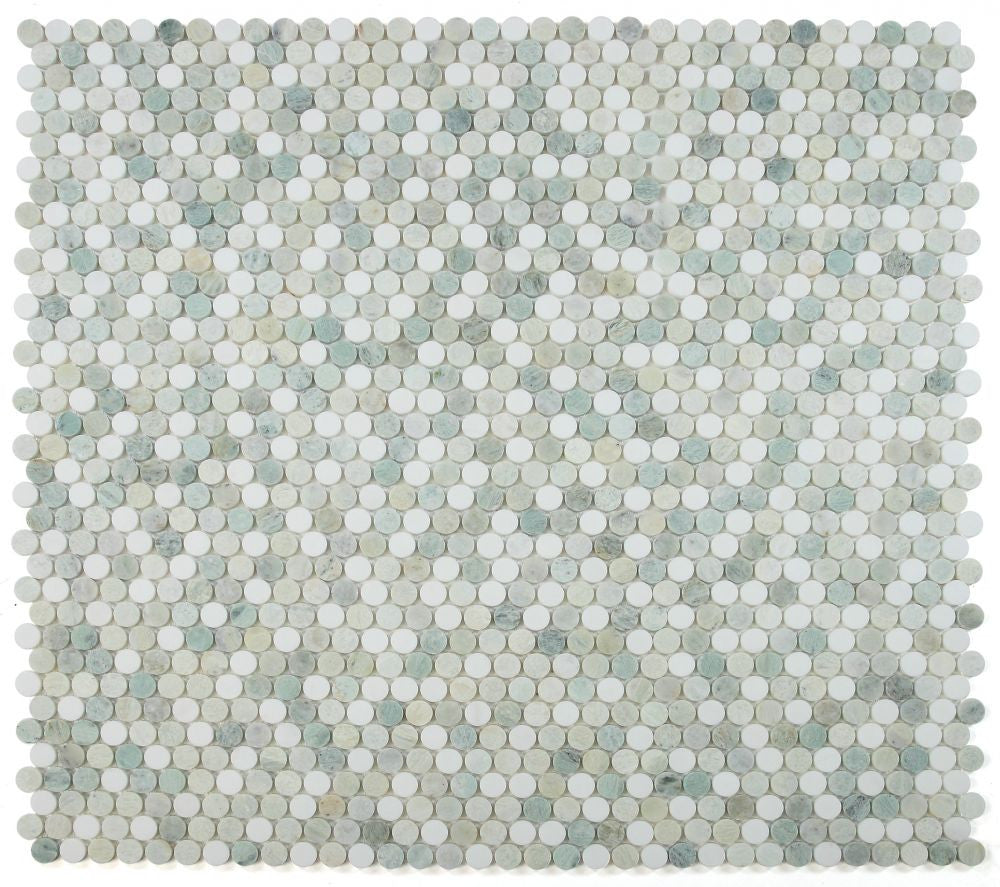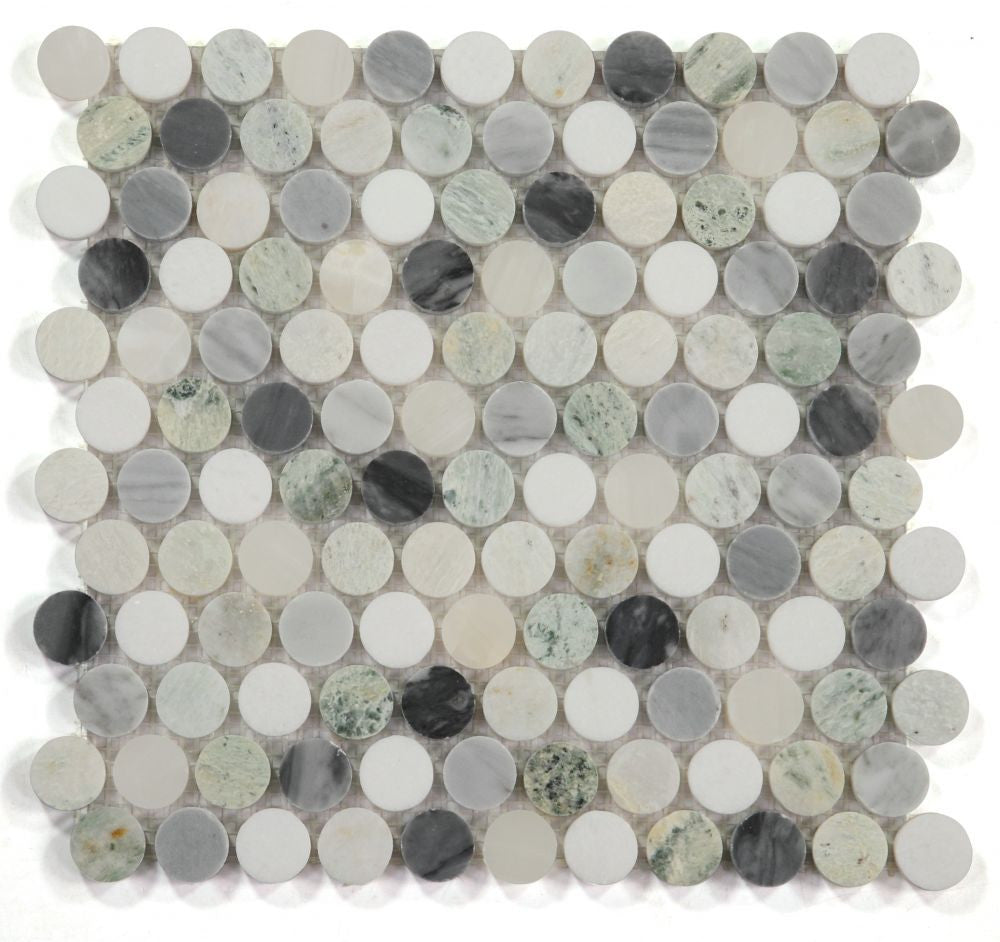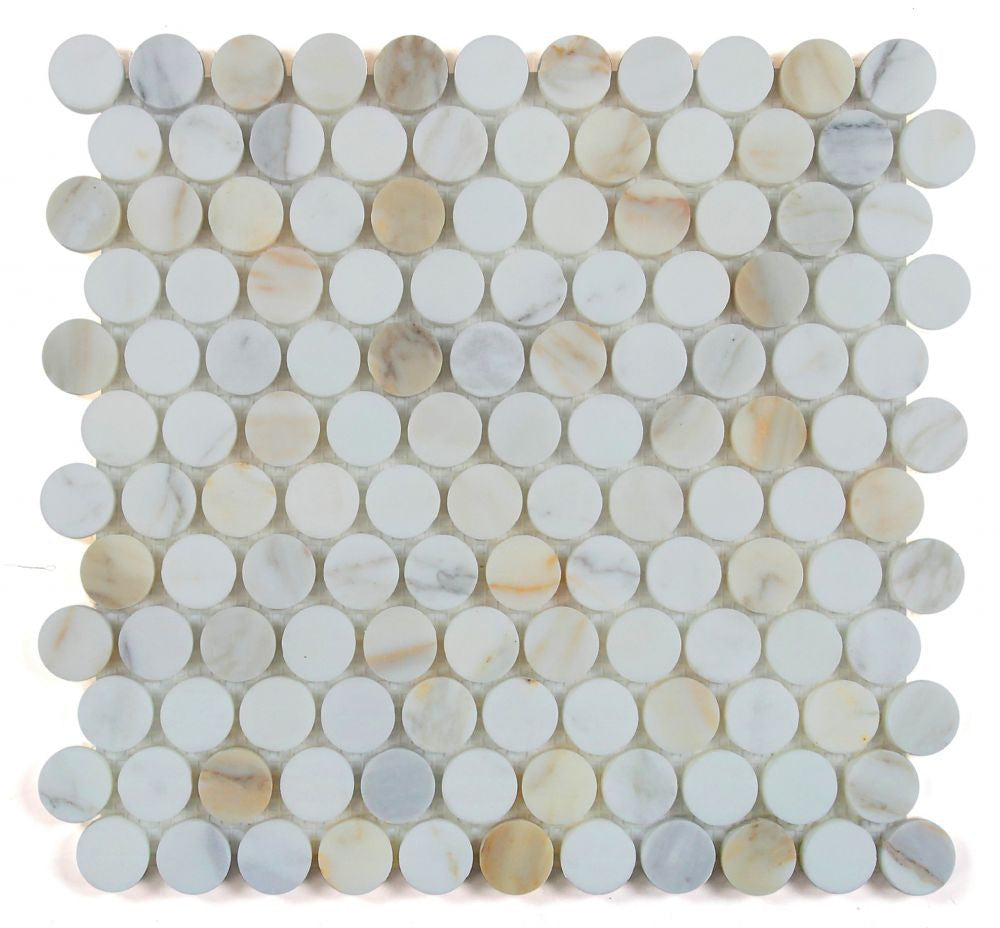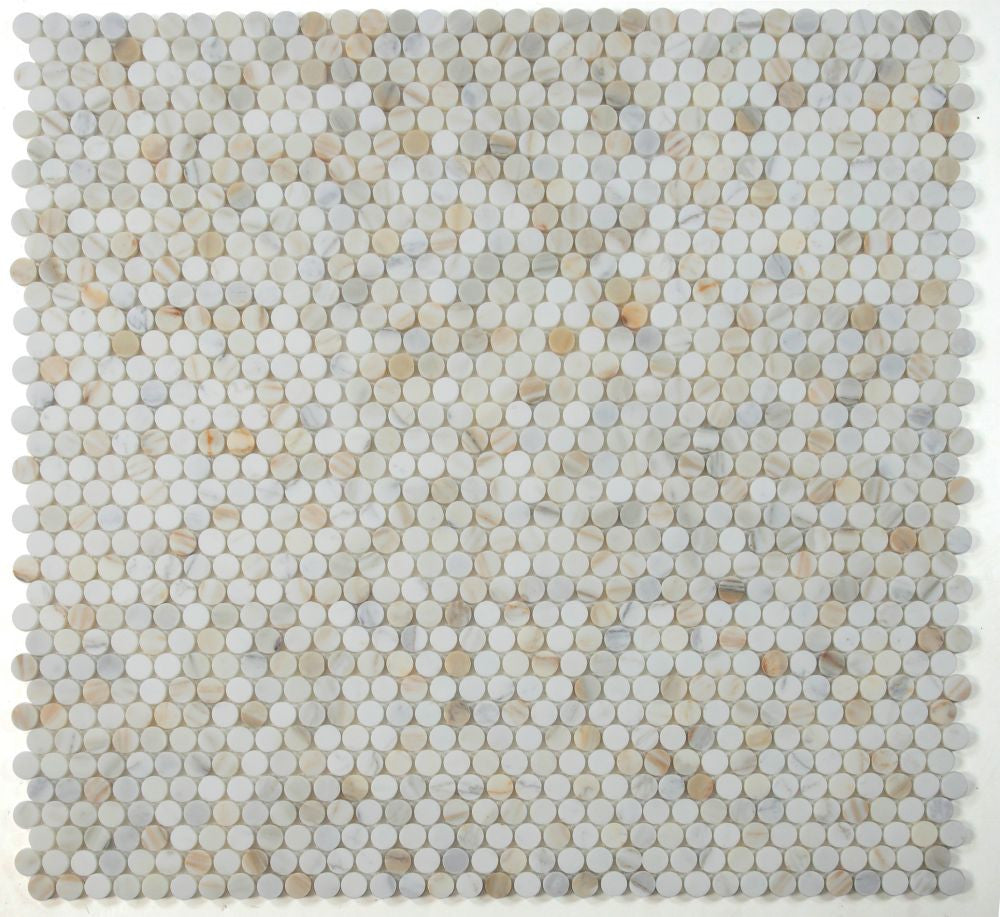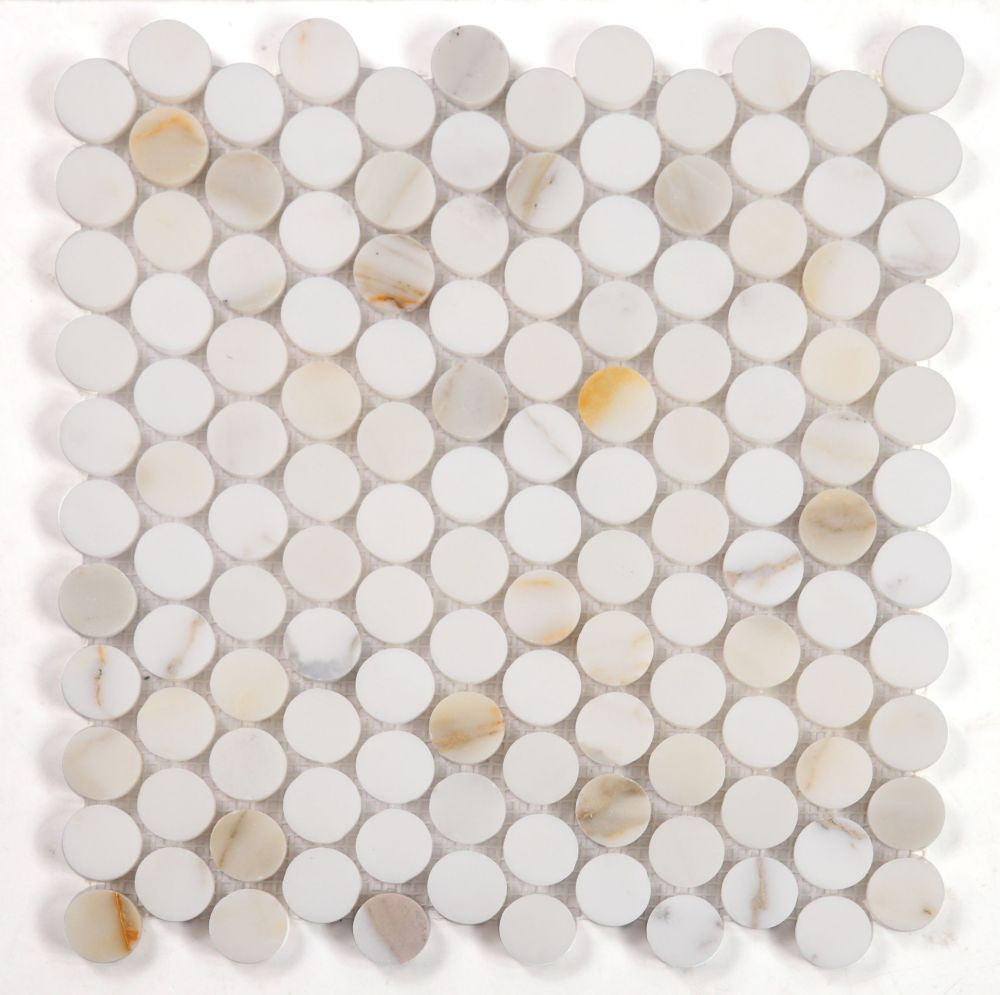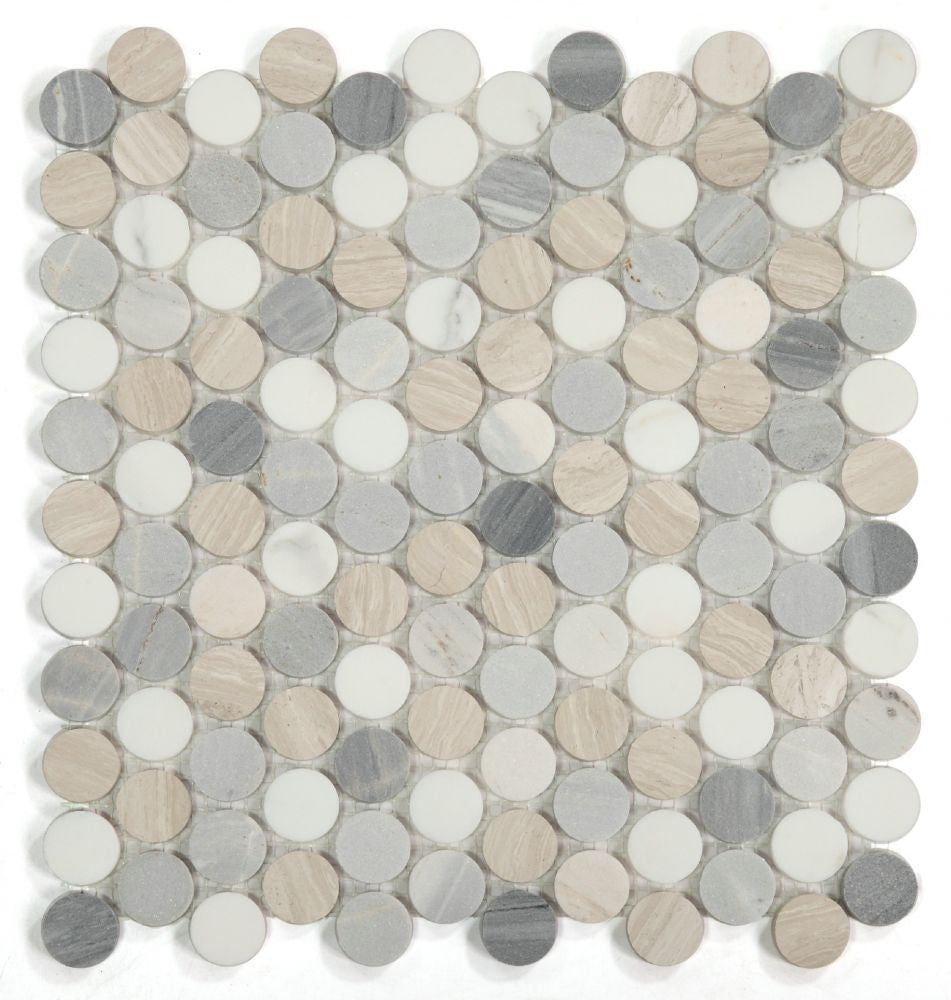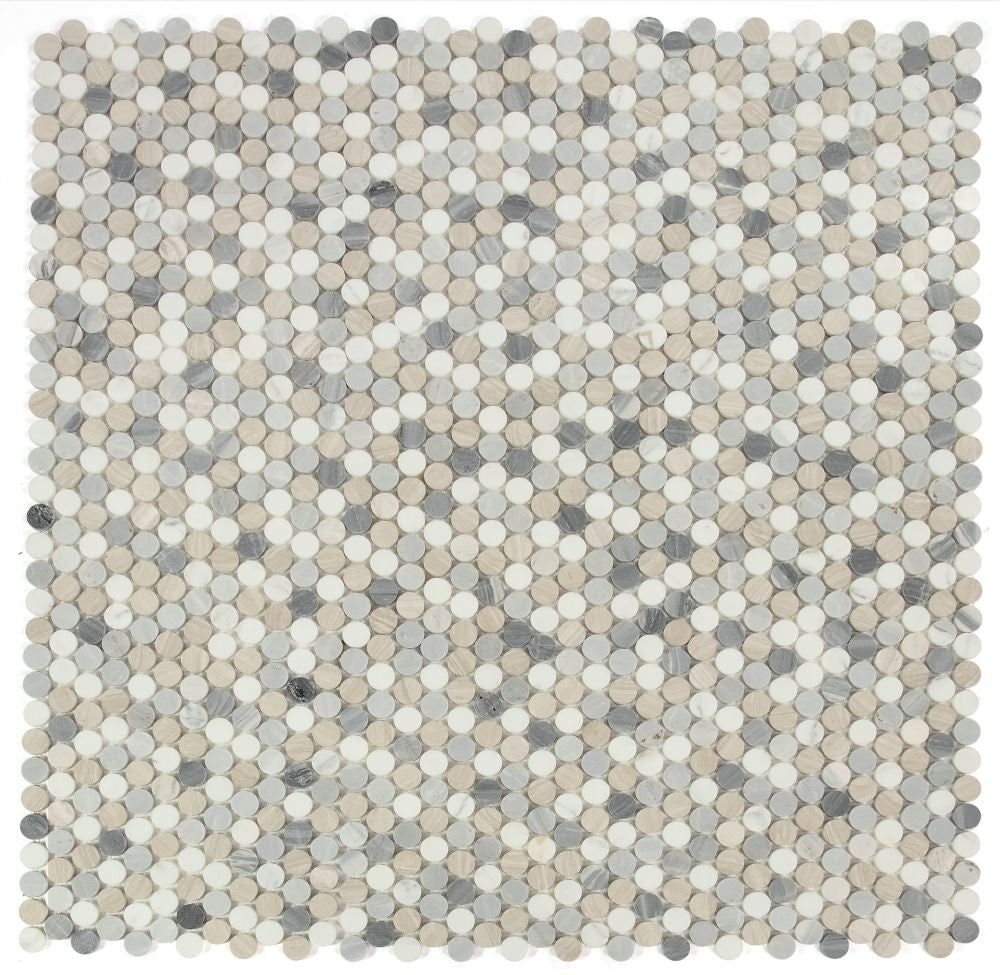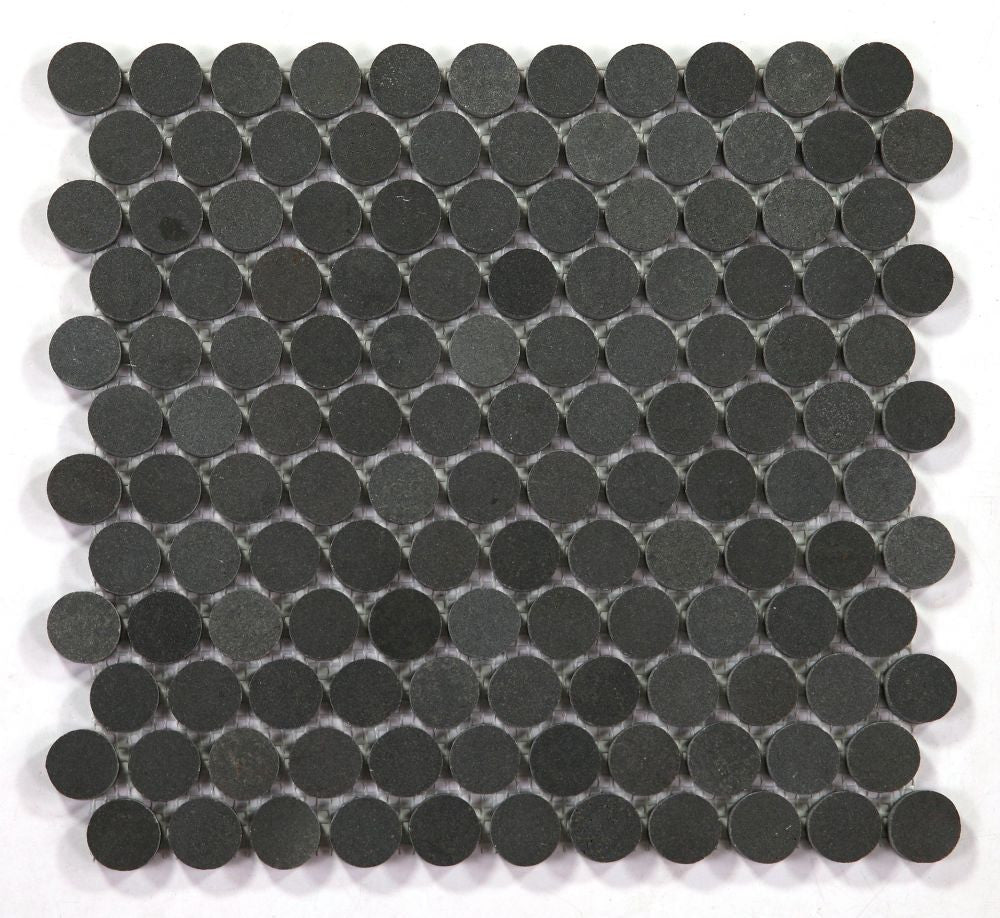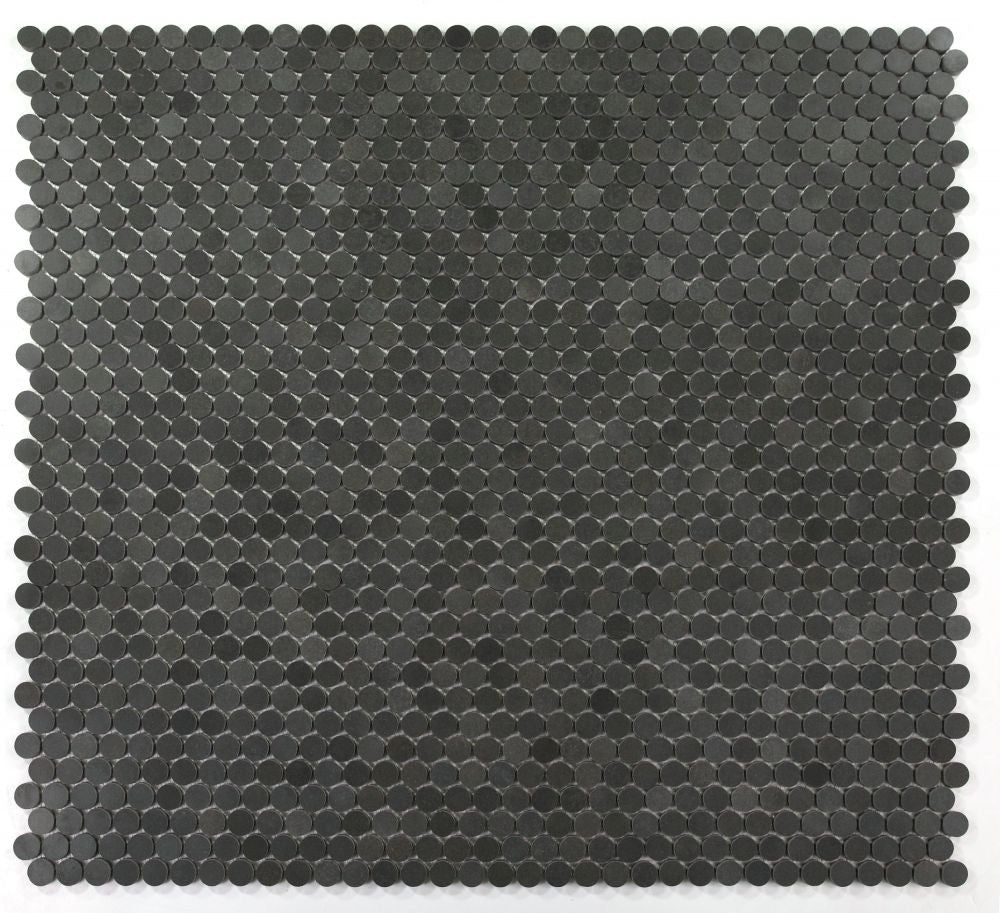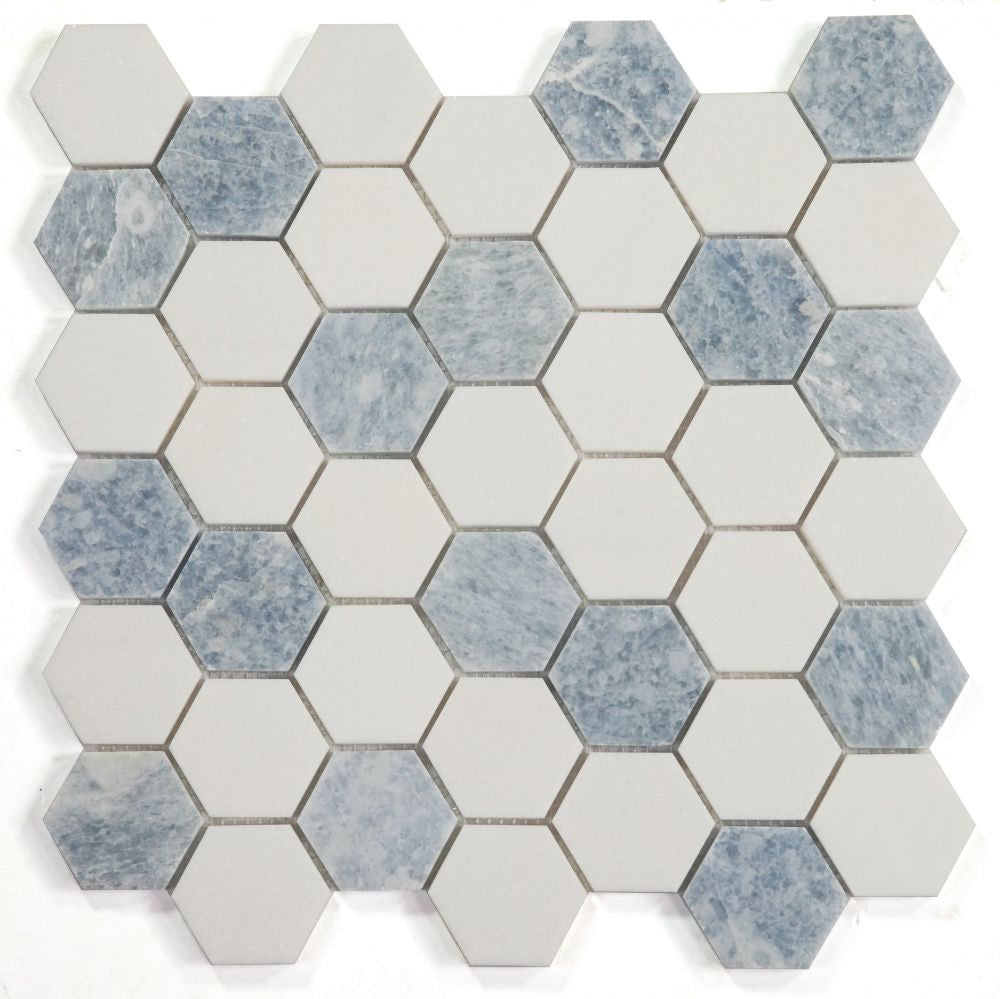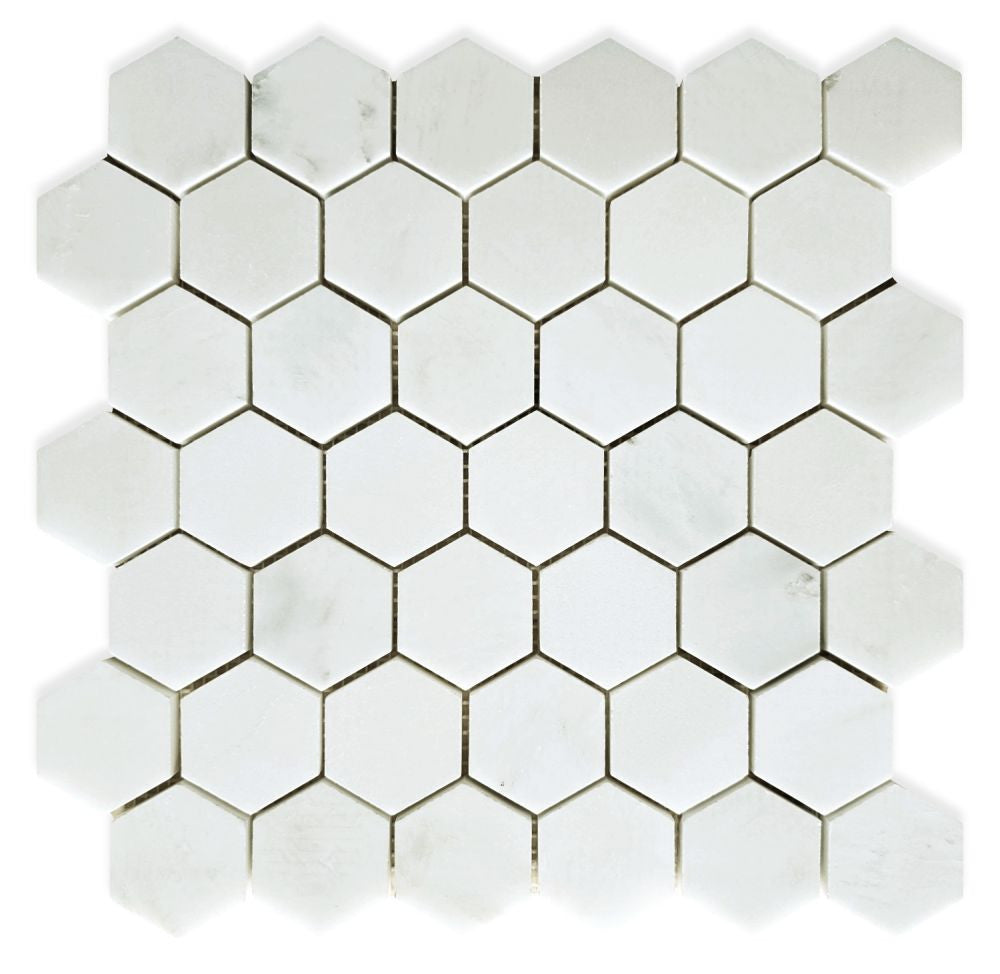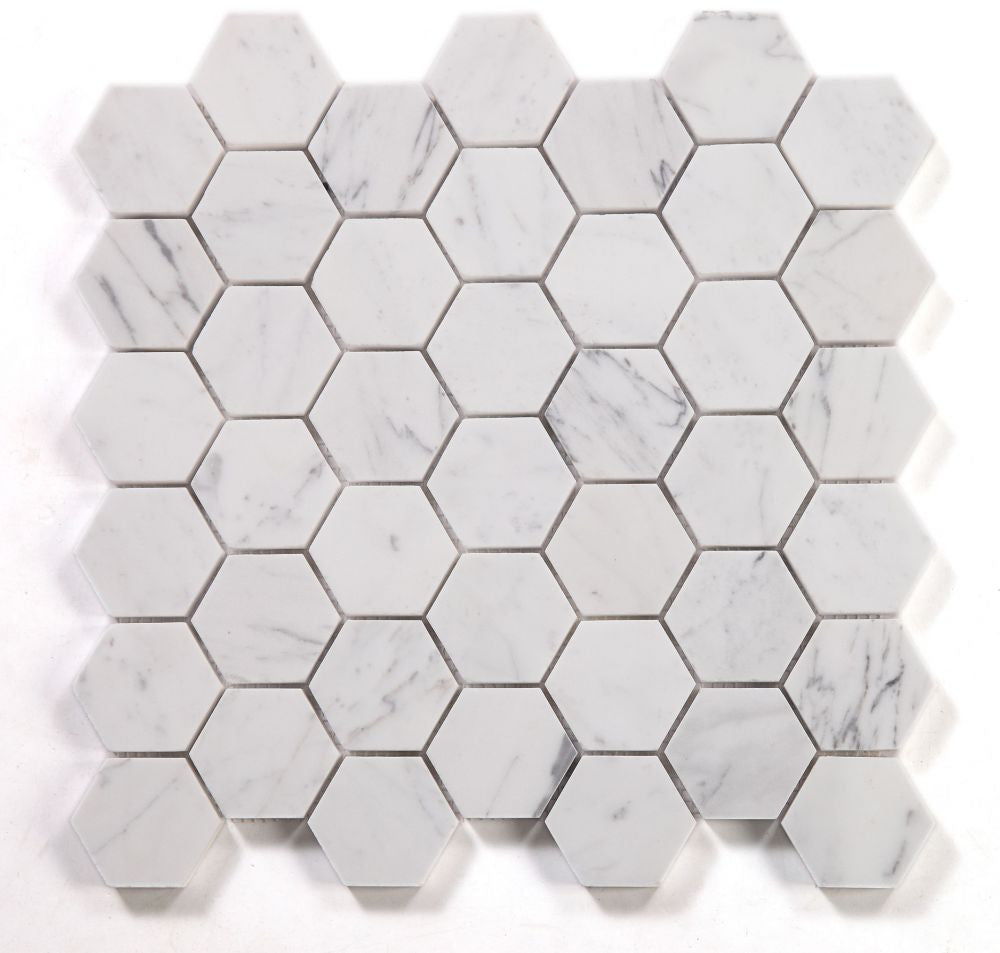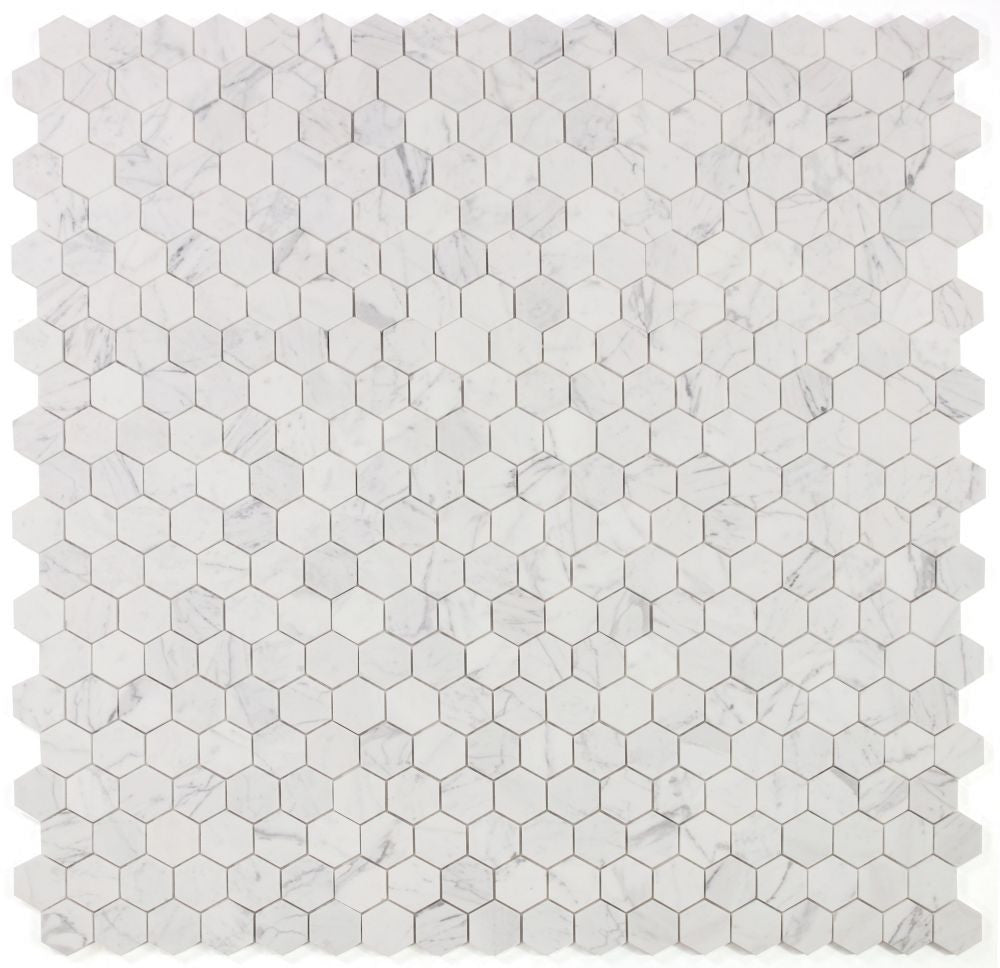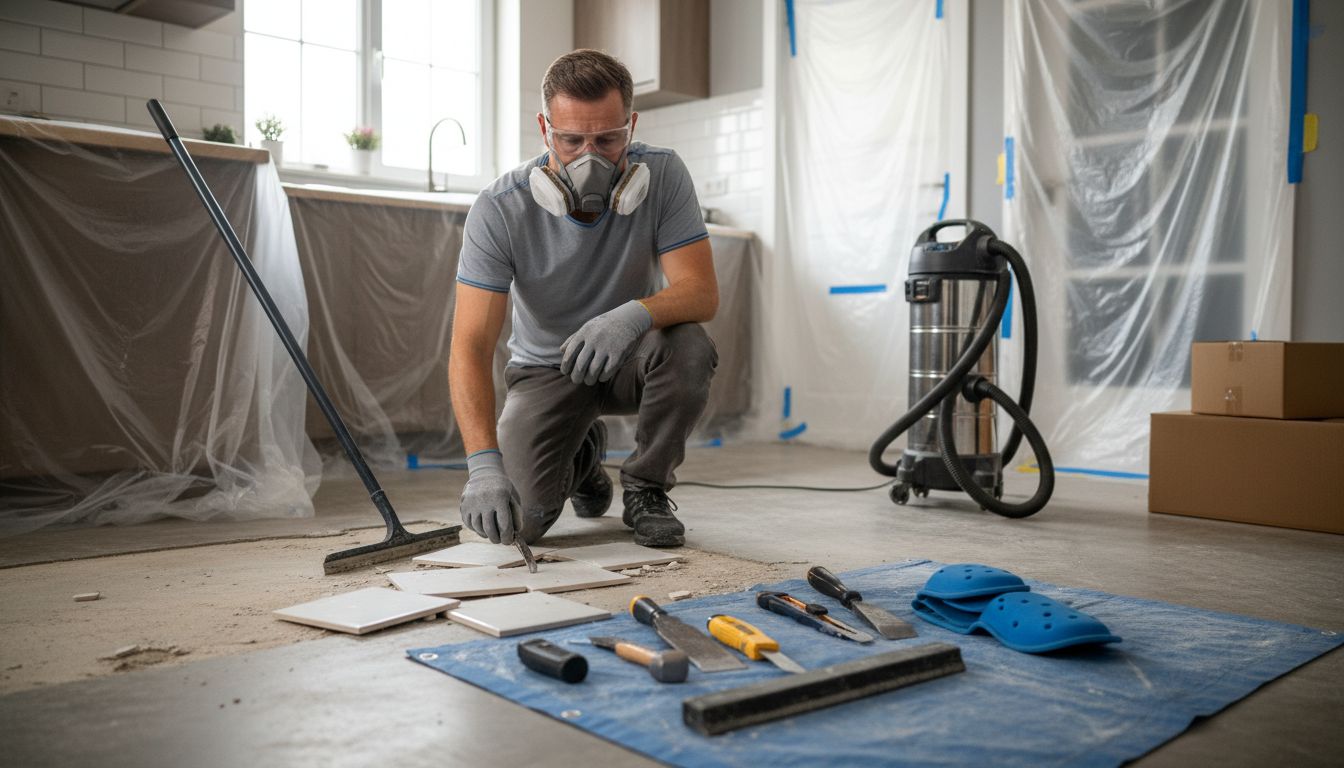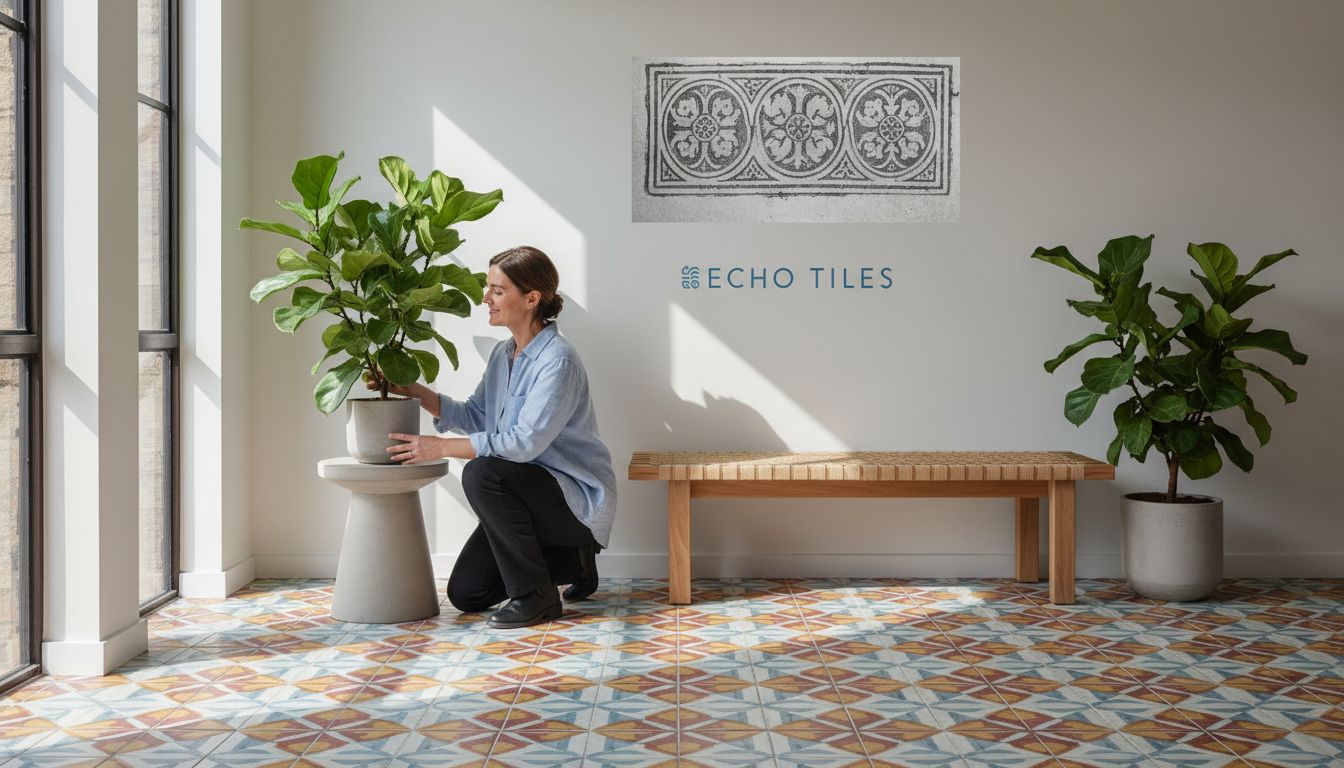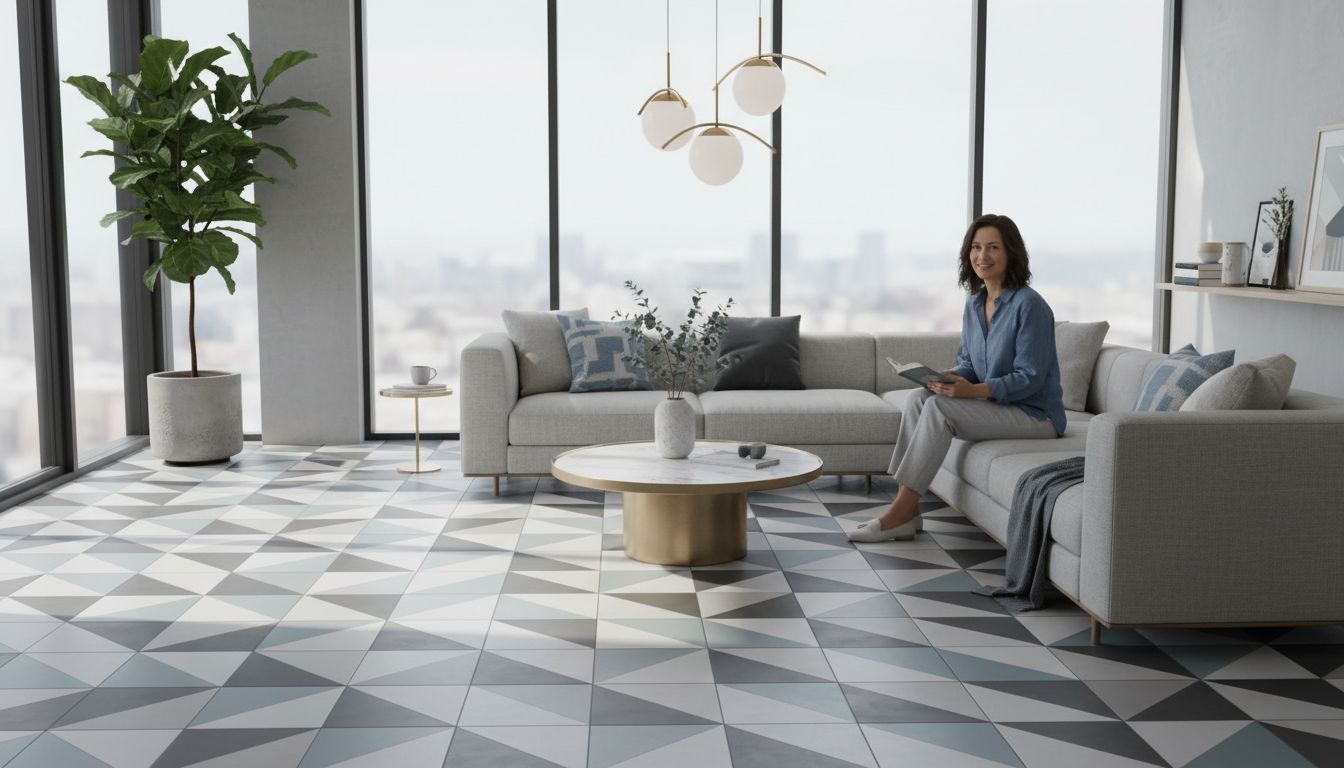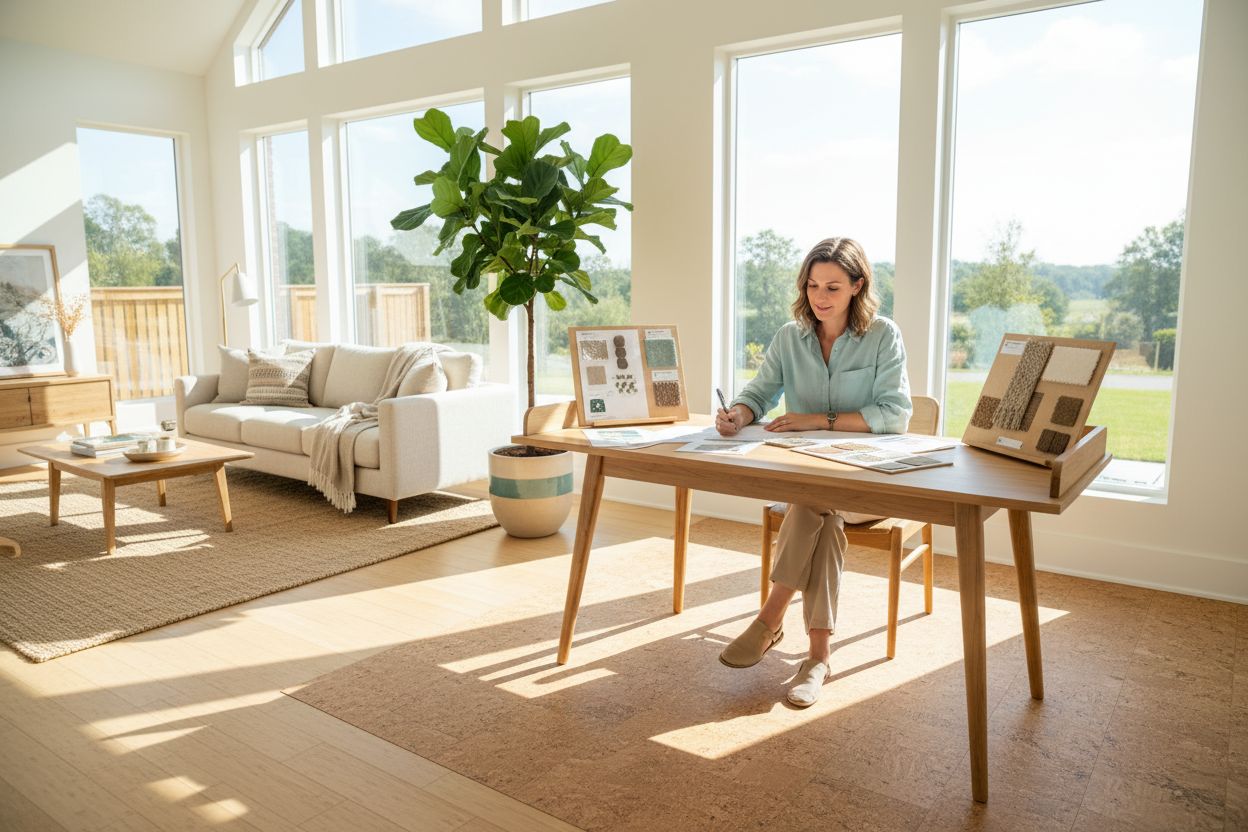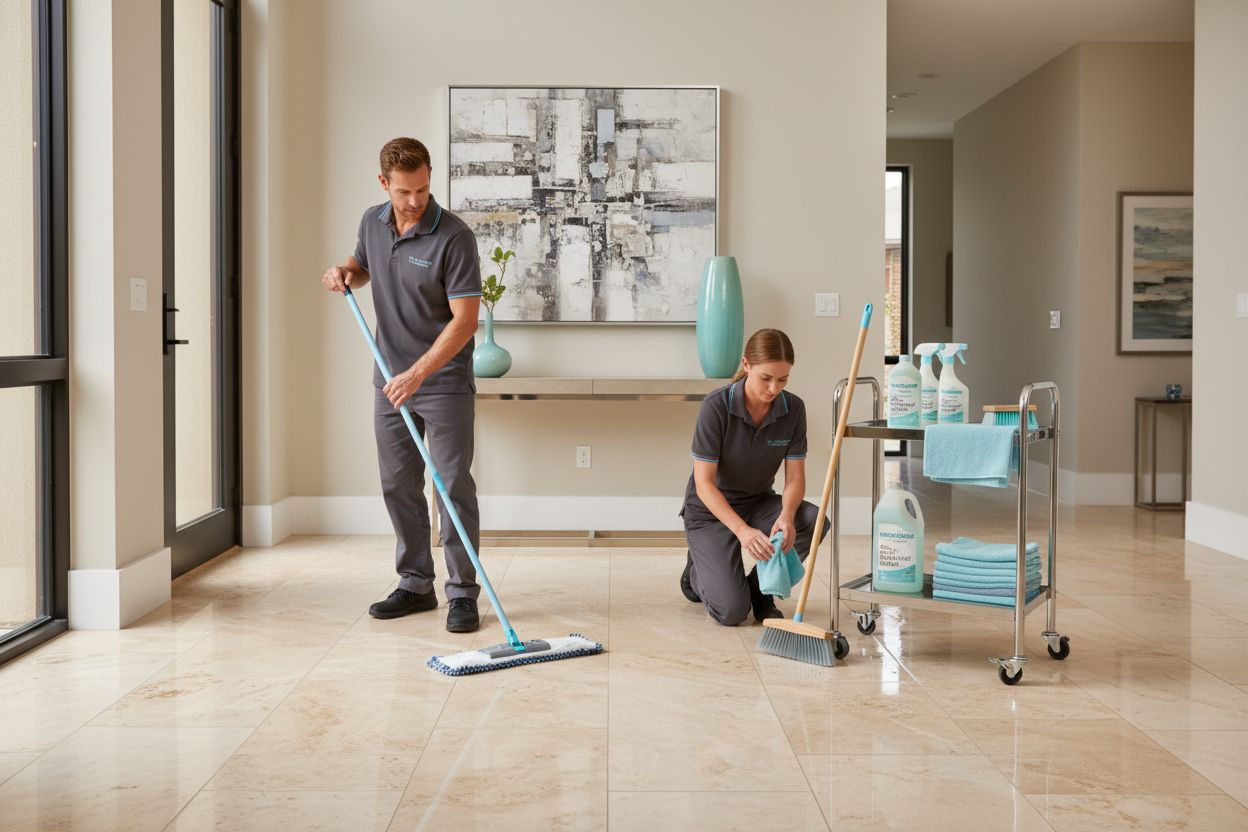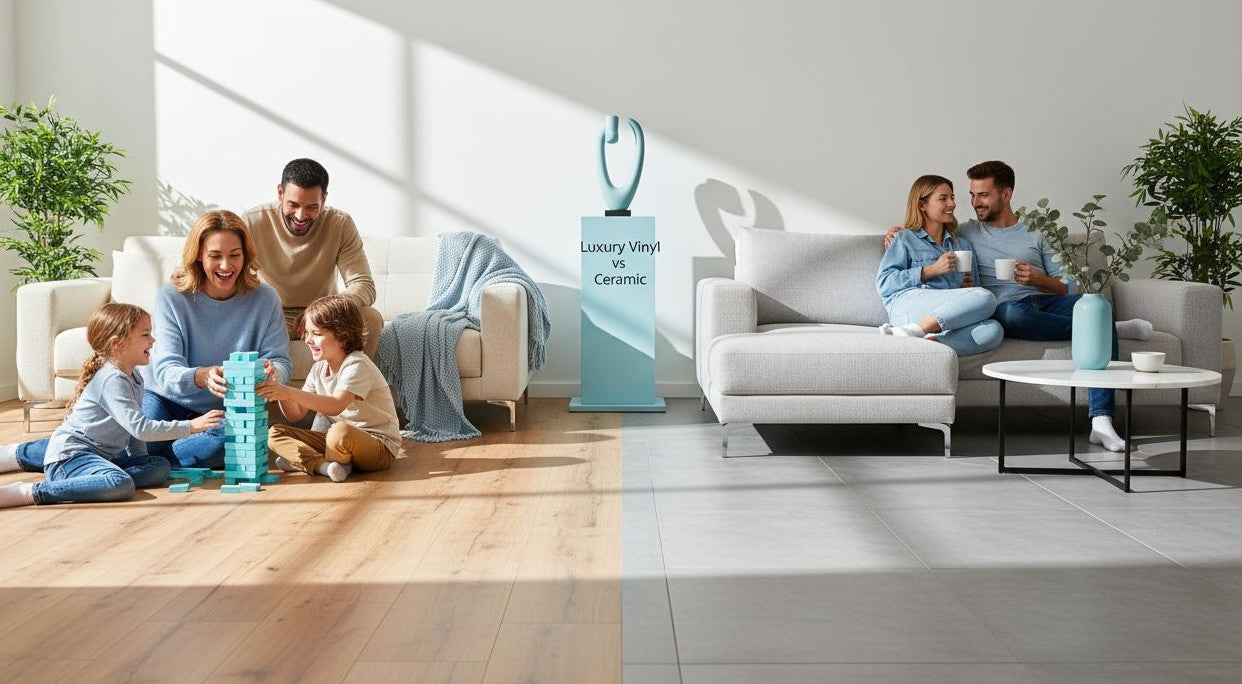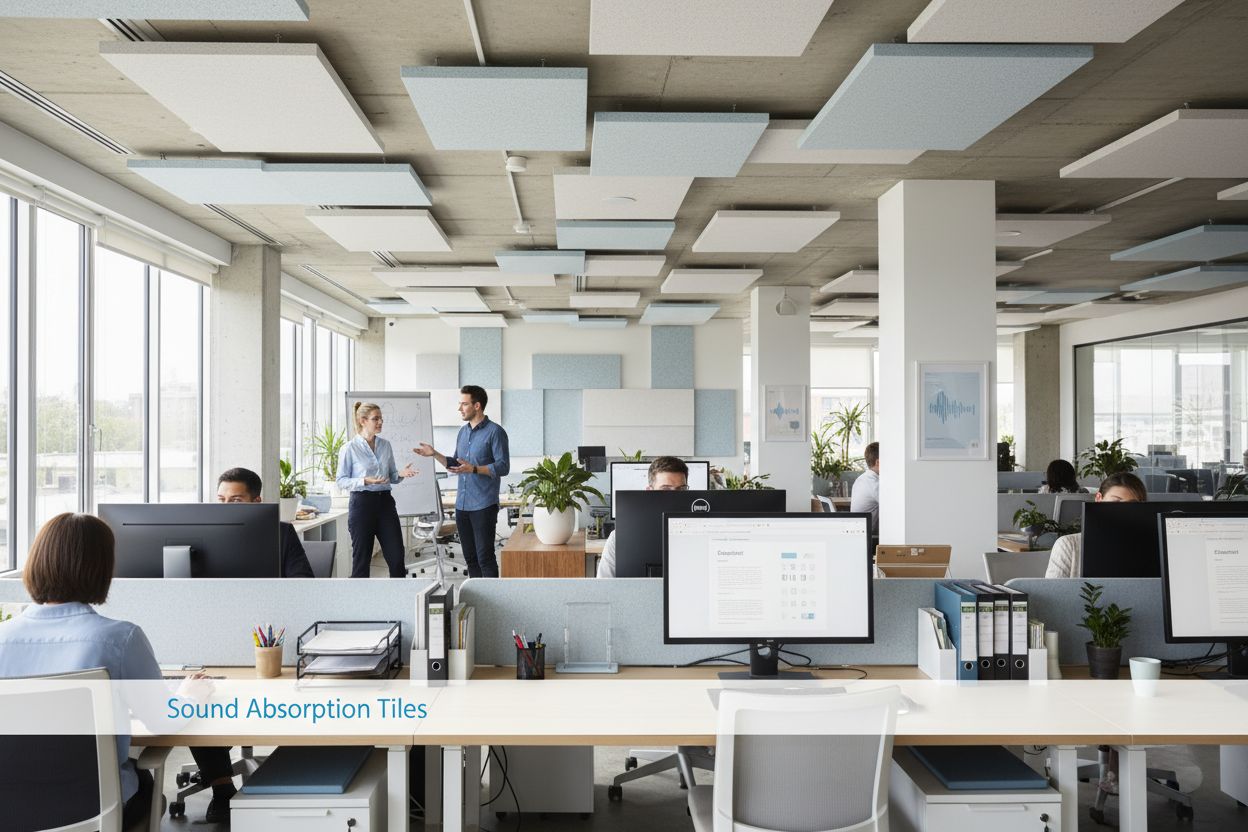Most people think picking a floor tile is all about color or style and maybe how easy it is to clean. Now get this. The real difference between frustration and a floor that lasts decades comes down to durability. Tiles with high durability ratings can actually save up to 50 percent in replacement and maintenance costs over time. Turns out, the tile that looks great now could end up being the biggest headache in your home if you ignore what is hiding beneath the surface.
Table of Contents
- What Is Floor Tile Durability And Why Is It Important?
- Key Factors Influencing Floor Tile Durability
- Materials Used In Durable Floor Tiles
- Real-World Applications And Performance Of Floor Tiles
- Long-Term Care And Maintenance For Durability
Quick Summary
| Takeaway | Explanation |
|---|---|
| Tile durability is crucial for long-lasting flooring | Understanding tile durability helps in selecting flooring that withstands wear and maintains appearance in the long run. |
| PEI ratings guide tile selection | The Porcelain Enamel Institute ratings categorize tiles based on wear resistance, assisting in choosing the right tile for specific areas. |
| Proper installation is key to durability | Effective substrate preparation and adhesive application are essential to prevent tile cracking and increase lifespan. |
| Different materials offer varying durability | Selecting tiles like porcelain or natural stone ensures better resistance to moisture, stains, and physical impact. |
| Regular maintenance preserves tile integrity | Routine cleaning and grout management help extend tile life and protect your flooring investment from degradation. |
What is Floor Tile Durability and Why is it Important?
Floor tile durability represents the ability of a tile to withstand physical stress, wear, and environmental challenges without compromising its structural integrity or aesthetic qualities. Understanding floor tile durability is crucial for homeowners, designers, and contractors seeking long-lasting flooring solutions that maintain their appearance and performance over time.
Defining Tile Durability
Tile durability encompasses multiple interconnected factors that determine a tile’s resilience. These include its ability to resist scratching, chipping, cracking, staining, and weathering under various conditions. The Porcelain Enamel Institute (PEI) ratings provide a standardized measurement system that categorizes tiles based on their wear resistance, ranging from Class 0 (no foot traffic) to Class 5 (heavy commercial traffic).
Learn more about tile types that impact durability and how different materials perform under stress.
Why Durability Matters
Investing in durable floor tiles offers significant long-term benefits. Highly durable tiles reduce replacement costs, minimize maintenance requirements, and maintain aesthetic appeal. Durability becomes especially critical in high-traffic areas like entryways, kitchens, and commercial spaces where constant use can rapidly degrade inferior materials.
According to ASTM International standards, tile durability testing helps consumers understand precisely how different materials will perform under real-world conditions. Key durability considerations include:
- Resistance to physical impact
- Ability to withstand temperature fluctuations
- Protection against moisture penetration
- Capacity to maintain color and finish integrity
Choosing tiles with appropriate durability ratings ensures your flooring investment remains functional, attractive, and cost-effective for years to come. Homeowners and designers must carefully evaluate tile specifications, understanding that durability directly correlates with long-term performance and aesthetic preservation.
Key Factors Influencing Floor Tile Durability
Multiple complex variables interact to determine the overall durability of floor tiles, ranging from material composition to installation techniques and environmental conditions. Understanding these interconnected factors helps homeowners and designers make informed decisions about flooring selections that will withstand daily wear and maintain their aesthetic appeal.
Material Composition and Quality
The fundamental durability of floor tiles begins with their core material properties. Ceramic, porcelain, natural stone, and engineered tiles each possess unique characteristics that influence their resilience. Porcelain tiles, for instance, are inherently more dense and less porous, providing superior resistance to moisture, staining, and physical impacts. Learn more about different tile types and their performance characteristics.
Installation and Substrate Preparation
Proper installation significantly impacts tile durability. Critical factors include substrate preparation, adhesive quality, grout selection, and precise alignment. According to building engineering research, incomplete bonding or inadequate subfloor preparation can lead to:
- Tile cracking under stress
- Uneven weight distribution
- Accelerated wear and potential detachment
- Increased vulnerability to moisture penetration
Environmental and Usage Stress Factors
Tile durability is continuously tested by environmental conditions and usage patterns. Temperature fluctuations, humidity levels, direct sunlight exposure, and foot traffic intensity all contribute to long-term performance. High-traffic areas like entryways, kitchens, and commercial spaces demand tiles with superior wear resistance.
Considerations include assessing the specific environmental challenges your tiles will encounter, such as potential temperature extremes, moisture exposure, and anticipated physical stress. Selecting tiles with appropriate durability ratings ensures your flooring investment remains functional and visually appealing for years to come.
Materials Used in Durable Floor Tiles
Choosing the right tile material is fundamental to achieving long-lasting, resilient flooring. Different materials offer unique performance characteristics, aesthetic qualities, and durability levels that directly impact their suitability for specific environments and usage patterns.
Ceramic and Porcelain Tiles
Ceramic and porcelain tiles represent the gold standard in durable flooring materials. Porcelain tiles, in particular, are engineered through high-temperature manufacturing processes that create an exceptionally dense, less porous surface. Read our comprehensive guide on glazed and unglazed tile differences to understand their protective qualities.
According to sustainable facilities research, these materials offer remarkable benefits:
- Exceptional resistance to moisture
- High durability in high-traffic areas
- Minimal maintenance requirements
- Wide range of design and aesthetic options
Natural Stone and Engineered Materials
Natural stone tiles like granite, marble, and slate provide unique durability and aesthetic appeal. These materials are inherently strong, with varying degrees of hardness and resistance to wear. Engineered stone tiles combine natural stone particles with advanced binding technologies, creating surfaces that balance natural beauty with enhanced performance characteristics.
Specialized and Emerging Tile Materials
Beyond traditional options, innovative tile materials are expanding durability possibilities. Advanced composites, recycled materials, and technologically enhanced surfaces offer new approaches to floor tile design. Some emerging materials focus on sustainability, incorporating recycled content or utilizing manufacturing processes that reduce environmental impact while maintaining high performance standards.
When selecting tile materials, consider factors like foot traffic intensity, moisture exposure, temperature variations, and specific aesthetic requirements. Each material brings unique strengths, and understanding these characteristics helps create flooring solutions that are both functionally robust and visually compelling.
To help you choose the right floor tile, the table below compares the durability, typical uses, and core advantages of common tile materials discussed in the article.
| Tile Material | Durability Level | Typical Uses | Key Advantages |
|---|---|---|---|
| Porcelain | Very High | High-traffic, wet areas | Dense, low porosity, resists moisture and heavy wear |
| Ceramic | Moderate to High | Residential, moderate traffic | Affordable, versatile designs, easy maintenance |
| Natural Stone (Granite) | Very High | Entryways, kitchens | Exceptional strength, unique appearance |
| Natural Stone (Marble) | Medium to High | Bathrooms, feature spaces | Elegant look, variable hardness |
| Natural Stone (Slate) | High | Outdoor, wet environments | Resistant to moisture and texture helps slip resistance |
| Engineered Stone | High | Commercial, heavy use areas | Consistent quality, enhanced durability |
| Advanced/Composite Tiles | High | Specialized applications | May use recycled materials, tailored performance features |

Real-World Applications and Performance of Floor Tiles
Floor tiles serve diverse functional and aesthetic purposes across residential, commercial, and industrial environments. Understanding their real-world performance requires comprehensive analysis of their behavior under varying stress conditions, usage patterns, and environmental challenges.
Residential Space Performance
Residential floor tiles must balance aesthetic appeal with practical durability. Kitchen and bathroom areas demand materials that resist moisture, temperature fluctuations, and frequent cleaning. Different residential zones require specialized tile selections based on specific usage patterns.
According to performance-based design standards, residential tile performance considerations include:
- Impact resistance in high-traffic hallways
- Moisture absorption rates in bathrooms
- Stain resistance in kitchen environments
- Thermal stability across different room temperatures
Commercial and Industrial Applications
Commercial spaces like hospitals, restaurants, airports, and retail environments require exceptionally robust tile solutions. These environments demand tiles that can withstand constant foot traffic, heavy equipment movement, and rigorous cleaning protocols. Materials must maintain structural integrity while presenting a professional, hygienic appearance.
Key performance metrics for commercial tile applications include:
- Chemical resistance
- Slip resistance
- Abrasion tolerance
- Quick recovery from physical stress
Specialized Environment Challenges
Certain environments present unique tile performance challenges. Outdoor patios, industrial kitchens, healthcare facilities, and high-moisture areas require specialized tile selections that go beyond standard residential requirements. Factors like UV exposure, temperature extremes, potential chemical interactions, and hygiene standards become critical selection criteria.
Successful tile selection involves meticulously matching material properties with specific environmental demands, ensuring long-term performance, safety, and aesthetic consistency across diverse applications.
Long-Term Care and Maintenance for Durability
Preserving the structural integrity and aesthetic appeal of floor tiles requires strategic, proactive maintenance. Proper care extends tile lifespan, prevents premature degradation, and maintains the initial investment’s value. Understanding the nuanced approaches to tile maintenance helps homeowners and facility managers protect their flooring assets effectively.
Regular Cleaning and Preventative Maintenance
Consistent cleaning practices form the foundation of long-term tile durability. Different tile materials demand specific cleaning approaches that protect their unique surface characteristics. Ceramic and porcelain tiles typically require minimal maintenance, but strategic cleaning prevents potential damage and preserves their appearance.
According to maintenance guidelines, effective tile maintenance involves:
- Using appropriate cleaning solutions
- Avoiding abrasive cleaning tools
- Implementing regular cleaning schedules
- Addressing spills and stains immediately
- Protecting tile surfaces from potential damage sources
Grout and Sealant Management
Grout and sealant play critical roles in tile durability, acting as protective barriers against moisture, bacteria, and structural stress. Periodic grout inspection and resealing prevent water penetration and potential substrate damage. Professional-grade sealants can significantly extend tile performance, creating an additional protective layer that resists staining and moisture infiltration.
Key grout and sealant maintenance strategies include:
- Annual professional grout inspection
- Prompt repair of grout cracks or erosion
- Applying appropriate sealants based on tile material
- Using pH-neutral cleaning products
- Monitoring areas prone to moisture exposure
Environmental and Usage Considerations
Tile durability maintenance varies across different environments. High-traffic commercial spaces require more frequent professional interventions, while residential areas might need less intensive approaches. Temperature fluctuations, humidity levels, and specific usage patterns directly influence maintenance requirements.
Successful long-term tile care combines regular cleaning, strategic maintenance, and proactive monitoring. By understanding each tile’s unique characteristics and environmental challenges, property owners can ensure their flooring remains functional, attractive, and structurally sound for decades.

Unlock Exceptional Durability With the Right Tiles
Are you frustrated trying to choose floor tiles that truly last? If concerns about scratching, moisture, or long-term wear weigh on your next renovation, you are not alone. Our article explained how material quality, installation, and maintenance directly impact the longevity of your flooring. Now it is time to see how you can apply these insights to create beautiful, durable spaces that stand the test of time.

Discover a wide range of high-quality materials and exclusive designs at TileChoices.com. Explore curated selections of ceramic and porcelain tiles for spaces that demand resilience and style. Have questions or want to see options in person? Request samples or reach out to our team for expert guidance. Choose your next floor tile confidently by starting at TileChoices.com today—because quality floors begin with the right choice.
Frequently Asked Questions
What factors influence the durability of floor tiles?
Tile durability is influenced by several factors, including material composition, installation quality, environmental conditions, and usage patterns. Denser materials like porcelain typically offer superior resistance to moisture and wear compared to ceramic tiles.
How do I determine the appropriate durability rating for floor tiles?
Durability ratings are provided by the Porcelain Enamel Institute (PEI) and range from Class 0 (no foot traffic) to Class 5 (heavy commercial traffic). Analyze the intended use of the space to choose the right rating, especially for high-traffic areas.
To clarify the industry standard, the table below summarizes Porcelain Enamel Institute (PEI) ratings, which are critical for selecting a long-lasting tile based on expected foot traffic and wear.
| PEI Rating | Traffic Suitability | Typical Application Area | Description |
|---|---|---|---|
| Class 0 | None | Wall tiles only | Not suitable for floors; decorative use |
| Class 1 | Very light | Barefoot areas (bathrooms) | Barefoot traffic; no abrasive dirt |
| Class 2 | Light | Residential bathrooms, bedrooms | Low traffic; occasional soft-soled shoe use |
| Class 3 | Moderate | Living rooms, kitchens | Foot traffic with normal shoes; moderate use |
| Class 4 | Heavy | Entryways, commercial offices | Frequent foot traffic, some abrasive dirt |
| Class 5 | Very heavy | Public buildings, shopping malls | Constant, heavy traffic and strong cleaning agents |
What is the difference between ceramic and porcelain tiles in terms of durability?
Porcelain tiles are denser and less porous than ceramic tiles, making them more resistant to moisture, staining, and physical impacts. This makes porcelain a better choice for high-traffic areas or spaces exposed to moisture, like bathrooms and kitchens.
How can I maintain the durability of my floor tiles?
To maintain tile durability, regular cleaning with appropriate solutions and tools is essential. Additionally, managing grout and sealant by periodic inspections and reapplication helps prevent moisture damage and preserves tile integrity.




